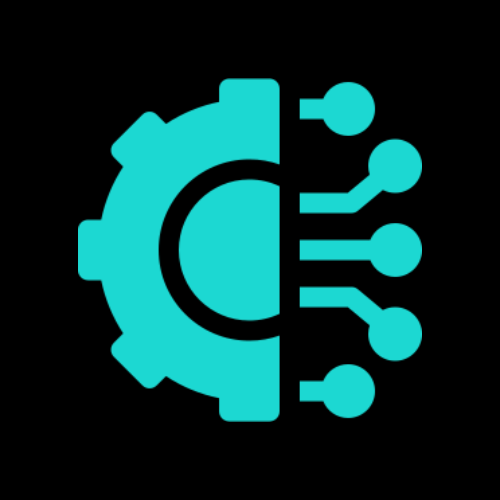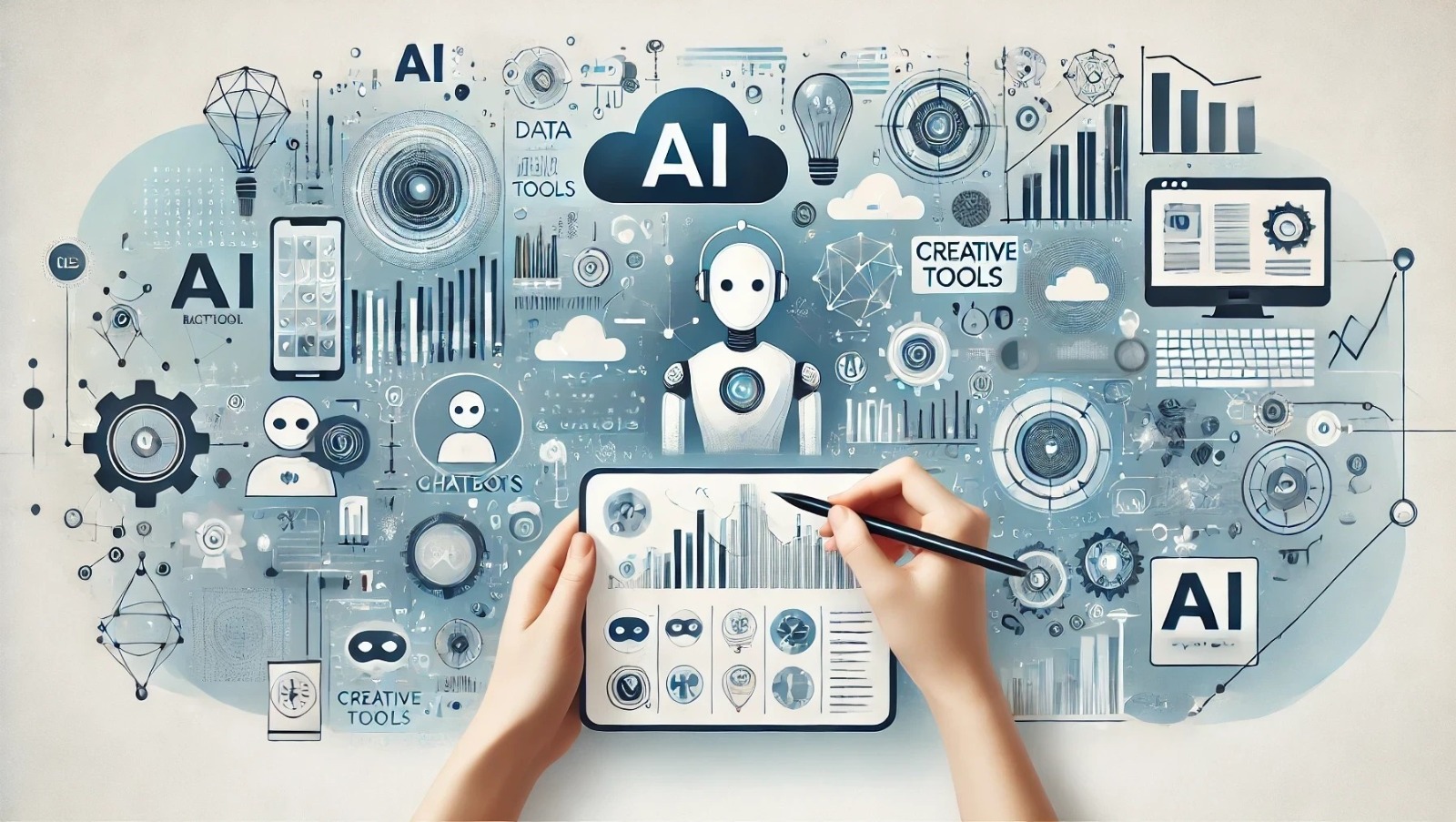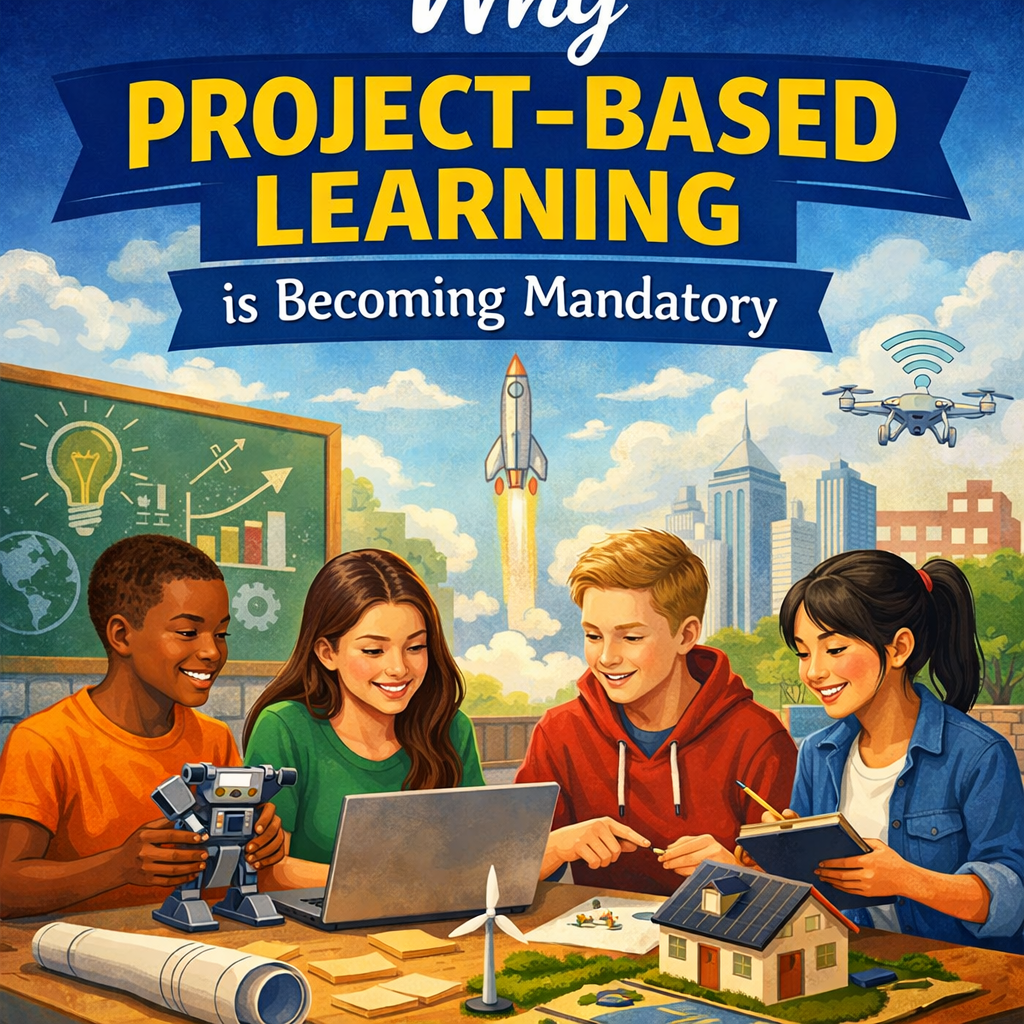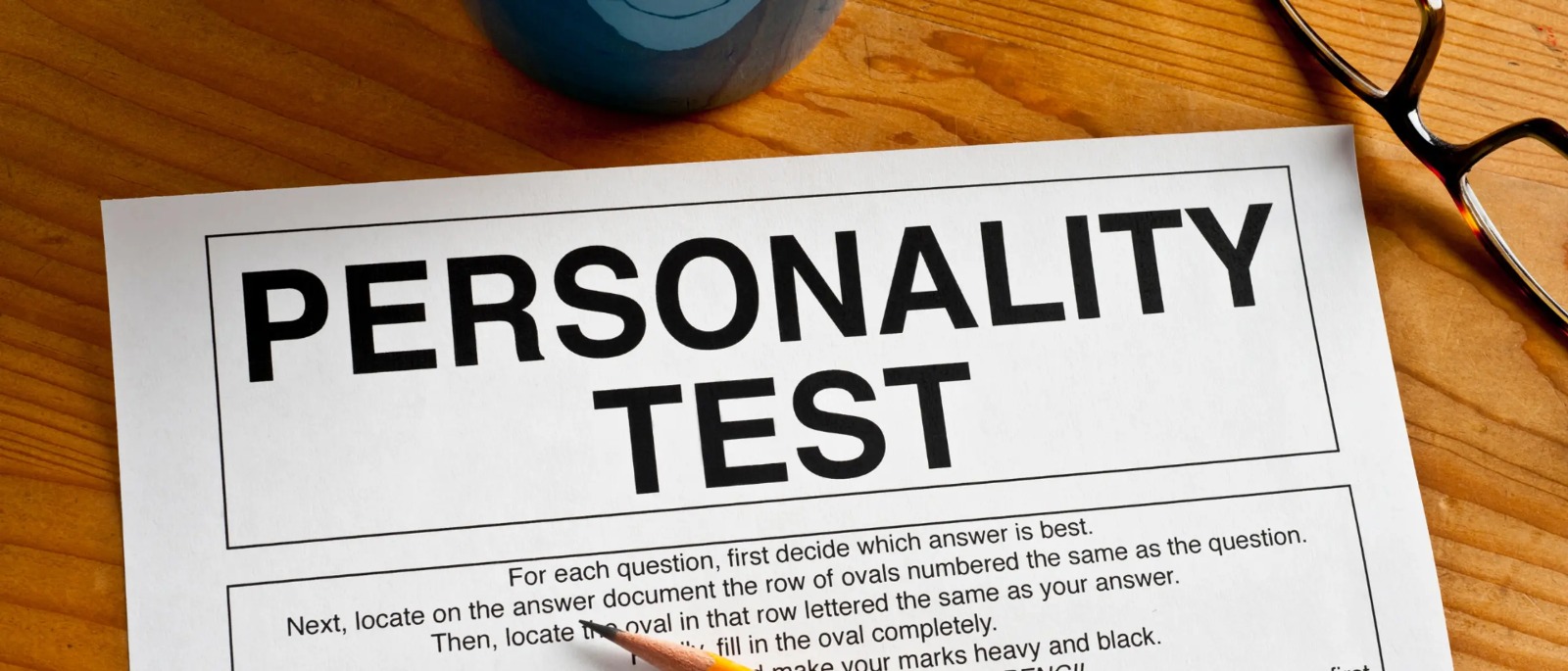AI in Hiring Process?
In today’s time, the recruitment process has become faster and efficient, all credit goes to AI. Earlier hiring takes a week or a month because the recruiter has to check resumes manually, contacting candidates takes time, and scheduling interviews is also time-consuming. Now this work gets done in only a few days, and sometimes, in just a few hours, it is also just because of AI.
AI matches skills, screens resumes, analyzes video interviews, and gives data to the recruiter. With the help of AI, the hiring process becomes faster and easier, and this process also becomes smoother for job seekers. The biggest impact of this change is that hiring is data-driven and less biased, though it requires improvement.
How AI is Transforming the Hiring Process?
1. AI in Resume Screening
Resume parsing and keyword scanning are very important parts of AI recruitment. When a company gets hundreds or thousands of resumes, then checking resumes manually is very time-consuming. AI tools can automatically resume and extract important information, such as the name of the candidate, experience, education, skills, certification, etc. Keyword scanning is also used so that the resume matches the job description. If the job description contains Python, project management, or SEO, then AI will search for those keywords and shortlist resumes matching the keywords. It saves time and makes the shortlisting process accurate.
2. AI-Powered Chatbots for Candidate Interaction
The AI-powered chatbot has become an integral part of the recruitment process. This chatbot provides instant interaction with the candidate, gives answers to questions, explains the job role, and creates an application status. For example, if any candidate asks what the status of my application is, then the chatbot checks the system in real time and gives a reply.
These chatbots are available 24/7, which is why candidates do not have to wait. The chatbots also send interview scheduling, reminder messages, and pre-interview instructions. Candidates’ experience gets better and the workload decreases with the help of this.
3. Predictive Analytics in Hiring
Predictive analytics is a powerful tool in recruitment that helps in making data-driven hiring decisions. AI analyzes past hiring data, candidate profiles, and job requirements to predict which candidate would be the most suitable for the role. It takes into account factors like the candidate’s work history, skills, past job performance, and cultural fit. For example, if a company has past data on which types of candidates have been successful in a particular role, AI can identify that pattern and score new candidates accordingly. This increases hiring accuracy and reduces the turnover rate.
4. AI in Video Hiring Interviews
AI is also used to analyze video interviews. Through technology, AI can analyze candidates’ facial expressions, body language, tone of voice, and speech patterns so that recruiters get detailed insight. These tools can identify how confident candidates are, how naturally the candidate answers, and their communication skills. Some AI platforms can also evaluate the answers to technical interviews and give instant feedback. The benefit of this is that recruiters don’t have to depend on gut feeling- AI provides a data-based analysis which makes decision-making better.
5. Diversity and Inclusion through AI
AI is playing a major role in promoting diversity and inclusion in hiring. Traditional recruitment methods often involve unconscious human bias, where decisions are unintentionally influenced by gender, race, or educational background. AI tools help minimize this by focusing purely on skills, qualifications, and experience rather than personal details.
With the help of algorithms, AI can hide identifying information such as names, photos, and addresses during the screening stage to ensure every candidate is evaluated fairly. This process promotes equal opportunities for all applicants.
Many companies in 2026 are adopting ethical AI recruitment systems that are transparent, fair, and designed to detect and reduce bias. For example, Microsoft, IBM, and SAP have invested in responsible AI frameworks to make their hiring tools more inclusive and ethical.
6. AI-Driven Job Matching Platforms
AI-driven platforms are transforming how employers and job seekers connect. These platforms analyze millions of data points—skills, experience, job preferences, and even personality traits—to recommend the best-fit jobs for candidates and ideal candidates for employers.
Platforms like LinkedIn, Indeed, and ZipRecruiter use AI algorithms to provide personalized job suggestions and candidate recommendations. In 2026, new AI recruitment startups are also emerging, offering smarter and faster global job matching solutions.
This technology is especially beneficial for remote hiring, as it enables companies to reach global talent while helping professionals find suitable opportunities across borders.
7. Automation of Hiring Tasks
AI has automated many time-consuming recruitment tasks, making the hiring process faster and more efficient. Tasks such as background checks, resume screening, skill assessments, and onboarding can now be handled automatically using AI tools.
Recruitment software integrated with Applicant Tracking Systems (ATS) and AI can manage applications, evaluate test results, and even send updates to candidates without manual effort.
This level of automation helps recruiters save time, reduce administrative workload, and focus more on strategic tasks like candidate engagement and team building. Overall, it speeds up the entire hiring cycle and ensures a smoother experience for both employers and job seekers.
How to Beat AI Resume Screeners
Formatting tips for ATS (Applicant Tracking Systems).
If you want your resume to easily pass the ATS filter, then you have to keep some important points in mind. An ATS-friendly resume means a resume should be so clear that software can easily read, scan, and understand.
Use Job-Specific Keywords
You have to first read the job description carefully and notice all the keywords (like: “project management”, “Excel”, “content writing”) in the job description. And try to include all the keywords in your resume naturally, so that it can be easily shortlisted by ATS.
Keep the Format Simple
Avoid using complex layouts, tables, images, or fancy fonts. Stick to a clean, basic design with standard fonts like Arial, Calibri, or Roboto. Save your resume as a .docx or PDF file (if accepted).
Use Standard Headings
Use conventional headings such as:
Work Experience, Education, Skills, Certifications.
Avoid creative or unusual section titles that ATS might not recognize.
Avoid Graphics and Icons
ATS cannot read visual elements like logos, icons, charts, or images. Keep your resume 100% text-based to ensure all content is scannable.
Include Both Hard and Soft Skills
Mention relevant hard skills (e.g., Excel, Python, SEO) as well as soft skills (e.g., leadership, teamwork, communication) that are aligned with the job.
Customize for Every Job
Never send the same resume everywhere. Tailor it for each job application by updating the summary, keywords, and skills to match the role.
Use Online Tools
You should use tools to create your resume easily. These tools will help you make an effective, impressive, and ATS-friendly resume. Make use of tools like: Jobscan, Teal, Rezi, Resume Worded
These help you compare your resume to job descriptions and improve your ATS score.
Conclusion
Artificial Intelligence is completely reshaping how companies hire talent in 2026. From resume screening and chatbots to video interviews and predictive analytics, AI has made recruitment faster, more efficient, and data-driven. It has also improved candidate experience, promoted diversity and inclusion, and enabled global remote hiring opportunities.
This article covered how AI tools are being used in every stage of the hiring process — from identifying the right candidates to automating repetitive tasks and ensuring fair hiring decisions. It also discussed the ethical challenges companies must address to build trust and transparency in AI-driven recruitment.
By understanding these changes, job seekers can prepare themselves for AI-based hiring systems — such as optimizing their resumes for ATS, improving their online profiles, and learning new digital skills. Meanwhile, recruiters and companies can use AI responsibly to make smarter, faster, and more inclusive hiring decisions.
Explore more insightful blogs here.







Leave a Reply